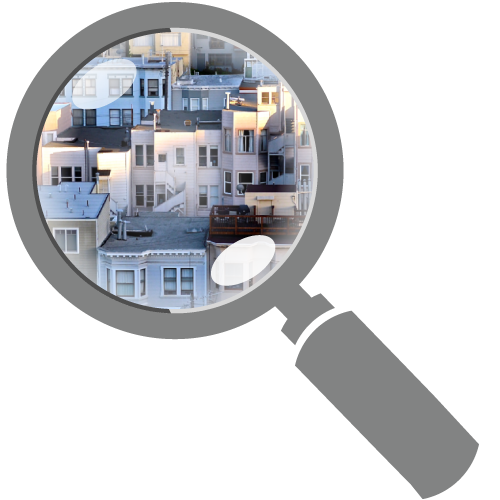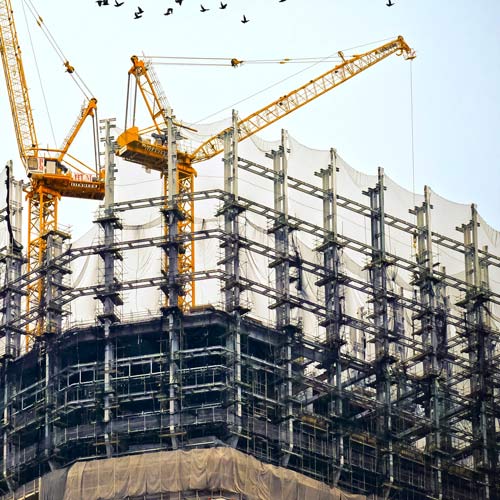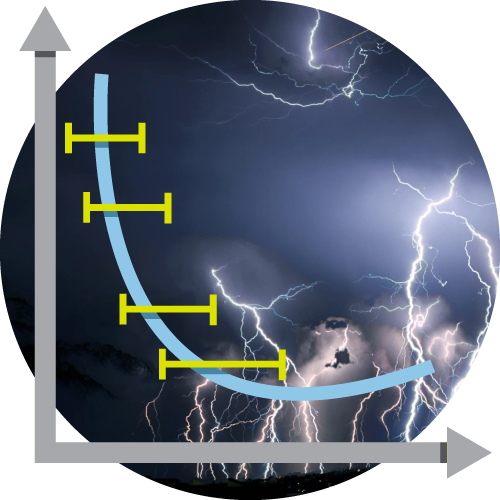
The AIR Model Advantage
Driven by the latest science, AIR models tell you where future extreme events are likely to occur, how intense they are likely to be, and how they will impact the world around us. They give you the information you need to support your entire risk-decision chain, from (re)insurance underwriting to capital management to mitigation and resilience strategies.
Prepare for the full range of possible extreme events.
A historical event that impacted one urban population might, with similar probability, have hit another city instead. Furthermore, the number and value of properties have changed over time. AIR models go beyond the historical record to provide the full range of what could happen and where, so you can be prepared for extreme events before they occur.
Use tools that make sense.
Different assumptions used in model development can lead to significant variances in model outputs across vendors. While all components of a model should be individually validated, appropriate oversight needs to ensure that the component parts produce a coherent whole. AIR models are built from the ground up, extensively validated against observation and actual loss experience; and they are also validated from the top down, to ensure that the results make sense.
Get a real-world view of potential impacts.
Building code adoption and enforcement is highly variable, even at very granular geographies. AIR damage functions are based on engineering analyses and damage and loss data, and capture building codes, claims adjustment practices, socioeconomic factors, societal preparedness, and more, to provide you with realistic views of potential impacts from extreme events.
Run analyses based on detailed exposure data.
AIR develops and maintains a detailed industry exposure database in more than 100 countries. These databases serve as the foundation for all industry loss estimates and provide insight into the likelihood of different levels of loss on a global scale. Industry exposure can also be used to benchmark how your portfolio compares with that of the industry as a whole and raise potential red flags about previously unknown sources of risk.
Assess your risk with confidence.
Unexpected events, like the record-breaking U.S. hurricane seasons of 2004–2005 and the hurricane "drought" that followed, can challenge established consensus views. For the layperson, there is a tendency to regard every new "discovery" as an inviolate fact. Rarely is that the case. AIR's measured approach to incorporating new science has resulted in scientifically defensible, consistently high-performing, and stable model results.
Discover the dynamic nature of science in catastrophe modeling





